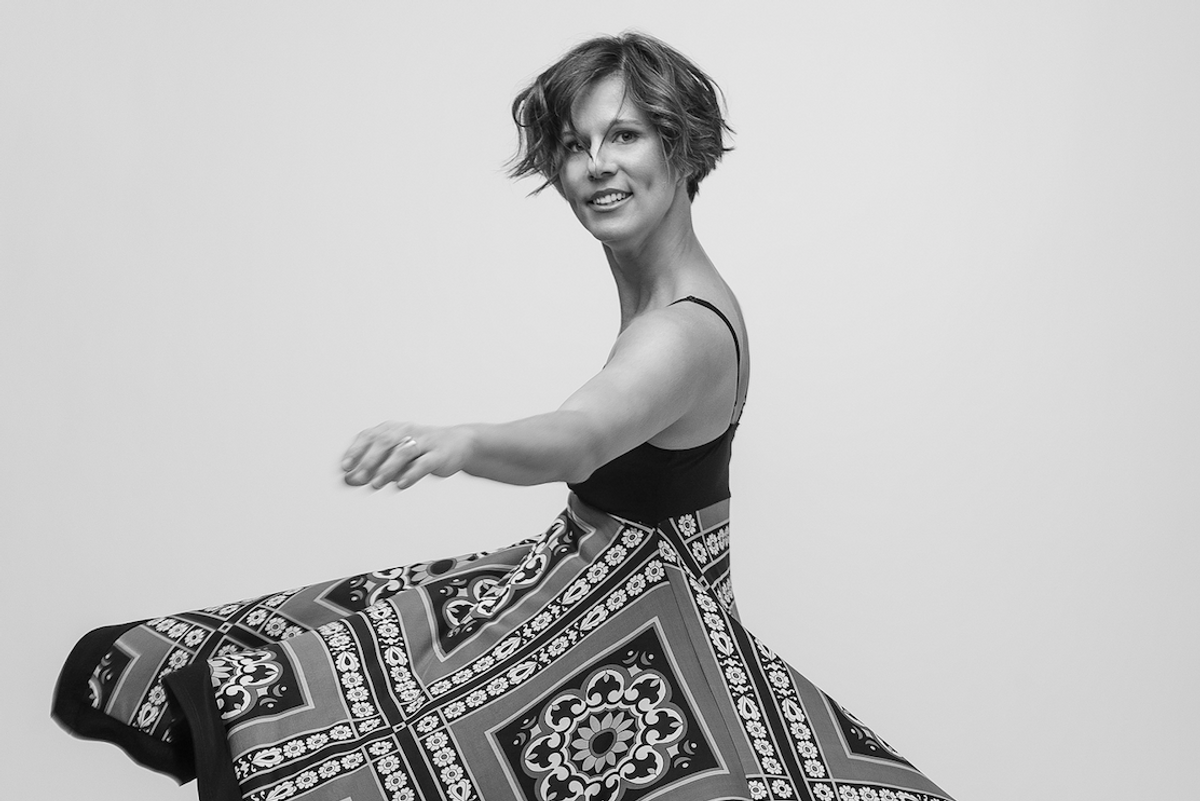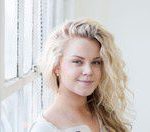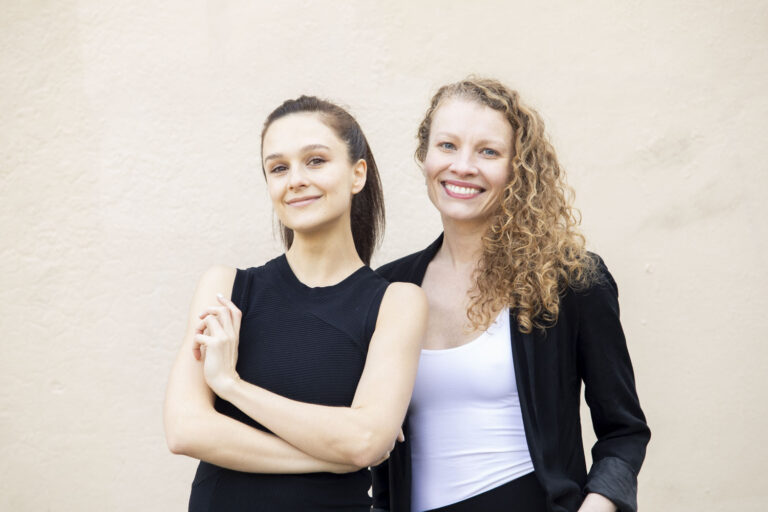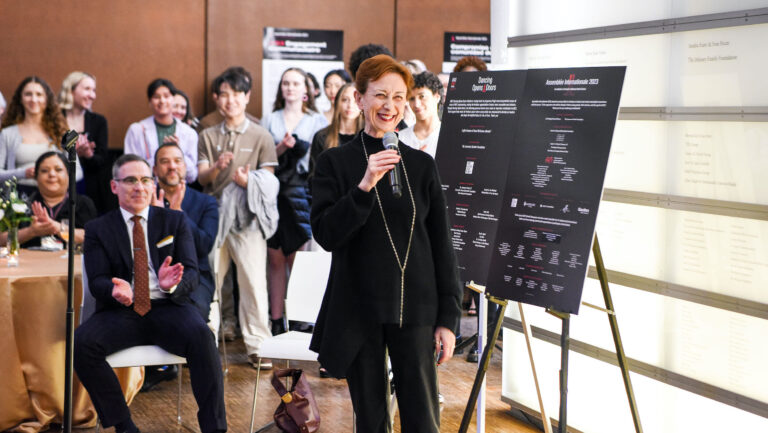
After having been diagnosed with scoliosis at the age of 11, Taryn Kaschock Russell endured years of unconventional treatment in order to continue dancing. Through emotional and physical turmoil, and with the help of her parents, she was been able to live her dream of becoming a professional dancer for the Joffrey Ballet (1995–2002) and Hubbard Street Dance Chicago (2002–2007). Today, she is working and the associate director at The Juilliard School with a 66-degree curvature of her spine.
DT caught up with Russell to learn more about her inspiring story.
Dance Teacher: What are the challenges dancers with scoliosis face?
Taryn Kaschock Russell: There are a number of challenges that go along with your internal architecture not matching any specific line you’re supposed to be able to make in dance. Pretty much nothing in ballet class works with how my back and body is. It took creativity and imagination to try to figure out how to execute lines and movement to make them look similar to what was being asked of me. It made me look at what movement does for ballet rather than just looking at a position and trying to emulate it.
DT: Can you give us an example of this?
TKR: I don’t have a straight spine. Not having a straight spine means my body curves, so if I don’t use any muscles, my collar bones are on a diagonal. I had to start with just simply standing up. I had to make my collar bones equal and parallel to the floor through muscle control.
I cannot push things further into my own body to make them fit, but what I can do is imagine my spine or skeleton is moving into something else larger than me. If my body is on a curve, I can float myself into space and get larger so I have more area to work with. By using that as a baseline to start with, I was able to fill in gaps with my musculature.
DT: How has scoliosis impacted the way you teach?
TKR: I’ve come to realize that if I am dealing with this, someone else is dealing with something that’s hard for them, too. They might not like their body because they aren’t thin or don’t like their feet. I’ve learned that we all have things we perceive as imperfections. It equalizes the playing field. Now, as a teacher, I’m willing to look at dancers for who they are and see how I can help them progress. We are all individuals, and each of us comes with different stories.
When I hear someone say they can’t do something, I say, “Look at me! You have to love and embrace your differences. Once I embraced my internal architecture, things started becoming easier for me. You should believe you have something to contribute.
DT: What role did scoliosis play in your training?
TKR: It played a huge role. Mostly, it made me really determined.
I got diagnosed at a time when insurance dropped anything that was cutting-edge, and there were only a few successful treatment options available. I was dancing six days a week and was already recognized as someone who had a lot of talent.
At that first doctor’s appointment, I was told I wouldn’t be able to dance the way I used to. When we walked out, I had tears in my eyes. My mother looked at me and said, “Do you want to dance?” I said yes, and that was that. We went to doctors all over the country for options that might work, and eventually we found a doctor willing to do some experimental treatments.
I decided nothing was going to keep me from being a professional dancer. I kept training as much as I possibly could. I graduated high school in three years and ended up at the Joffrey Ballet in Chicago. When I signed that first contract, I took the biggest sigh of relief. After all the risks my parents took, I got to prove they did it for a reason. I made it. It is a gift that I get to dance. I feel so lucky.
DT: You were featured in the #IAmStraightForward Campaign and Exhibition earlier this month. What does this mean to you?
TKR: This campaign is putting faces, bodies and stories to a condition that isn’t discussed very often. They’re giving people a space to talk about their challenges and the impact this condition has on self-image. When you hear the word deformity, it becomes a label that you live with. The entire experience remains raw forever. It feels like something we are hiding. This exhibition is beautiful because it’s cathartic. Scoliosis is not something to hide. It is something to be proud of. We should support that and support each other.




